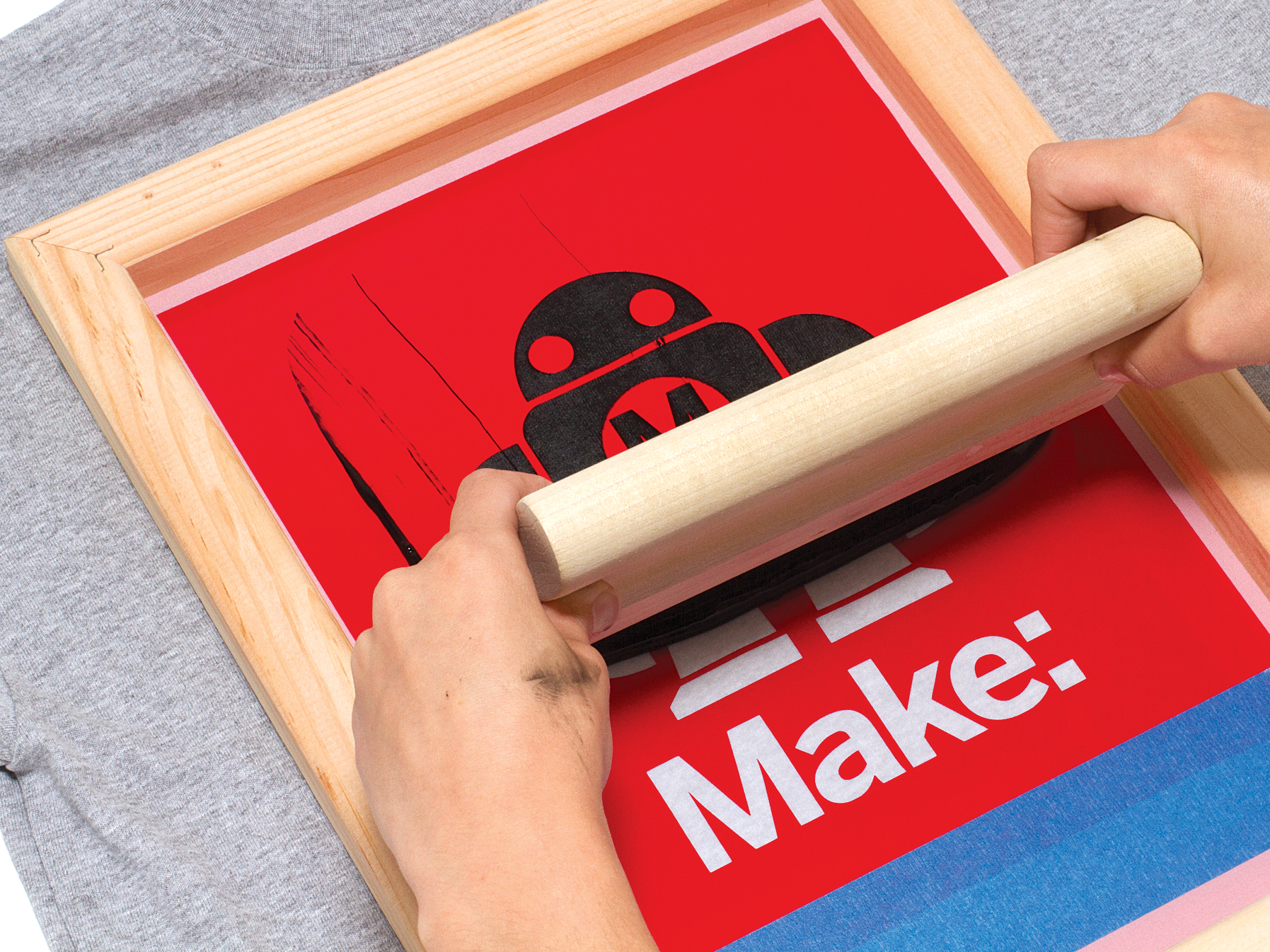The Essential Overview to Understanding Screen Printing and Its Versatile Makes use of
Screen printing has a rich background that dates back to old times, advancing right into a sophisticated technique used throughout various sectors today. This guide discovers the ins and outs of the screen printing process, outlining its applications in home, style, and advertising and marketing décor - 10:9 Design contact. Understanding these fundamentals can open innovative possibility for both creative and business projects. The complying with areas will expose important pointers and strategies to enhance one's screen printing ventures
The Background of Screen Printing
Screen printing has roots that map back centuries, its advancement reflects the technical and artistic advancements of different cultures. Coming from in old China, the method was originally made use of for enhancing fabrics and later spread to Japan, where it ended up being indispensable to Ukiyo-e woodblock printing. The technique moved to Europe in the 18th century, where it got popularity amongst craftsmens and business printers. The innovation of picture emulsion in the 20th century reinvented screen printing, permitting more intricate designs and greater performance. Musicians like Andy Warhol better drove its appeal, making use of the tool to produce renowned works that blended commercialism and art. By the late 20th century, screen printing had actually developed itself as a flexible method, used in style, marketing, and fine art. Today, it continues to evolve, incorporating digital technology and expanding its applications throughout different industries.
The Screen Printing Refine Explained
Screen printing changes creative visions right into concrete designs via a collection of accurate actions. An image is developed and then moved onto a screen, usually made of fine mesh textile extended over a structure. A light-sensitive emulsion is put on the screen, which is subjected to light, setting in areas not covered by the photo. After washing out the unhardened solution, a stencil is created.
Next, the screen is positioned over the substrate, whether it be textile, paper, or one more material. Ink is after that pushed via the open areas of the pattern using a squeegee, depositing the layout onto the substratum listed below. This procedure can be repeated for several colors, calling for different displays for every hue. Lastly, the published product is treated making use of warm to assure the ink adheres effectively, resulting in a long lasting, vibrant style all set for use.
Types of Screen Printing Techniques

Additionally, specialized techniques, such as discharge screen printing, remove color from the textile to produce softer prints, while foil screen printing uses metallic aluminum foil to attain a shiny coating (10:9 Design near me). Each strategy uses distinct qualities, satisfying different imaginative needs and production scales, inevitably expanding the possibilities within the screen printing domain name
Applications of Screen Printing in Numerous Industries

Furthermore, the signs and advertising markets make use of screen printing for creating distinctive displays and banners. This technique enables strong shades and detailed designs that capture interest. In electronic devices, screen printing is used for applying conductive inks to motherboard, other important for element links. Furthermore, the home decoration sector welcomes screen printing to produce unique styles on fabrics and wall surface art. Overall, screen printing acts as a crucial tool across diverse fields, improving products with customized and aesthetically attractive graphics.
Tips for Successful Screen Printing Projects
While embarking on a screen printing job, careful interest to information can significantly improve the last outcome. First, picking premium products is necessary; this consists of the screen, inks, and substratums. Using ideal mesh matters can impact ink deposition and detail resolution. Preparation is equally vital; thorough cleaning of screens and proper exposure times assure crisp prints.
Next off, accurate enrollment is essential for multi-color prints. Making my response use of alignment devices can assist achieve precise layering. In addition, screening prints on scrap materials before manufacturing helps recognize possible issues without wasting sources.

Regularly Asked Inquiries
What Products Are Finest for Screen Printing on Material?
Cotton and polyester blends are optimal for screen printing on material because of their sturdiness and ink absorption. Furthermore, specialty fabrics like silk or canvas can produce unique appearances and finishes, boosting the total layout high quality.
Exactly how Do I Clean and Maintain Screen Printing Tools?
To cleanse and preserve screen printing equipment, one need to regularly clean displays with suitable solvents, inspect mops for wear, lube moving parts, and shop all products in a dry, dust-free environment to lengthen their life expectancy.
What Are the Environmental Influences of Screen Printing?
Screen printing can have significant environmental impacts, consisting of chemical waste from inks and solvents, water usage throughout cleaning procedures, and energy consumption. Green materials and lasting methods are important for decreasing these adverse impacts.
Can Screen Printing Be Done at Home Successfully?
Screen printing can be efficiently done at home with the appropriate materials and strategies. Hobbyists can develop quality prints, though success relies on their skill degree, equipment, and understanding of the procedure involved.
What Are the Expenses Connected With Starting a Display Printing Business?

Starting a screen printing service includes prices for tools, materials, and work area. Preliminary expenditures generally range from a couple of hundred to numerous thousand bucks, relying on the scale, quality of machinery, and desired production ability.
Screen printing has an abundant background that dates back to old times, evolving into a sophisticated technique used across different markets today. One more strategy, rotating screen printing, uses round displays, promoting continual printing on textile rolls, therefore enhancing efficiency for large-scale productions. Additionally, specialized strategies, such as discharge screen printing, get rid of color from the material to produce softer prints, while aluminum foil screen printing applies metallic foil to achieve a glossy coating. In the Homepage fashion industry, screen printing is extensively utilized to develop vibrant layouts on clothing, enabling brands to showcase their one-of-a-kind styles. Cotton and polyester blends are excellent for screen printing on textile due to their durability and ink absorption.